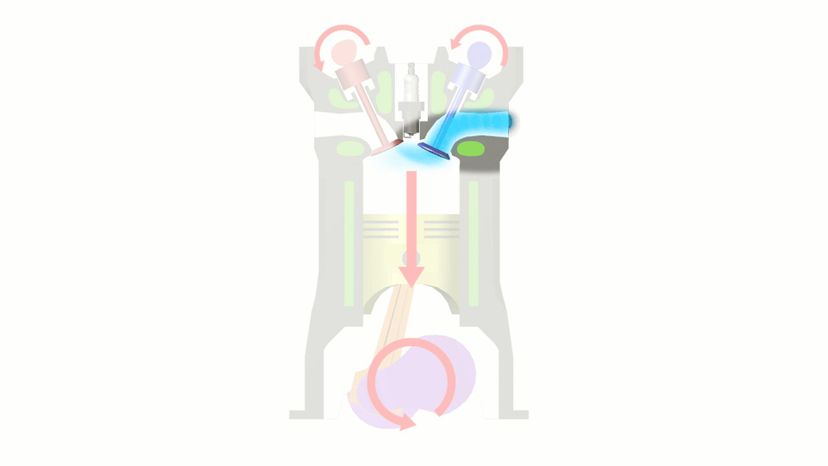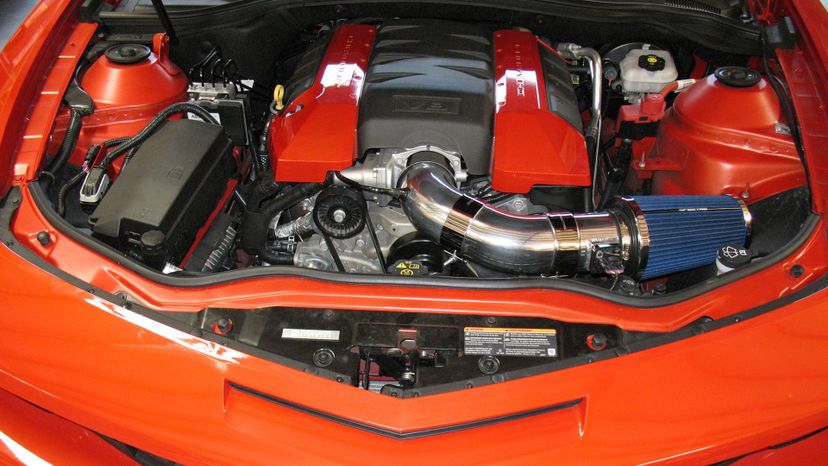
About This Quiz
The internal combustion engine is certainly one of, if not the most important invention in human history.
Just think about it. What would we do without them? Well, perhaps most importantly, we wouldn't have cars, the most significant form of transport in human history.
It is always amazing to think that all those years ago, engineers sat and devised a way to not only build the internal combustion engine but then use it to drive a "horseless carriage." It boggles the mind, really.Â
And soon, the internal combustion engine became more and more powerful. That power allowed it to be put into not only cars but aircraft as well. Incredible.
The engine is a complex thing, filled with many moving parts. And the amazing thing is that each is as important as the other. If one breaks, even the smallest of parts - well that could spell problems! And modern engines are not only mechanical but even have complex onboard computers that help them to run.
So in this quiz, we are going to explore interesting facts about engines and see just how much you know about them. Some questions are a breeze, while others will really test your knowledge!
Good luck!
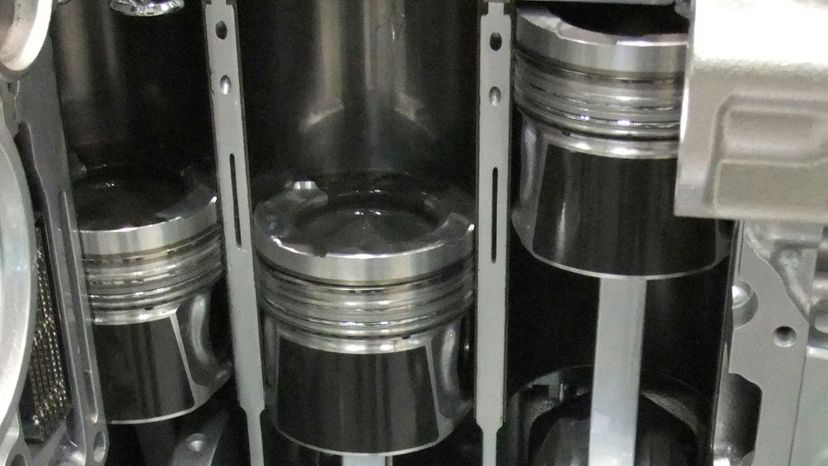
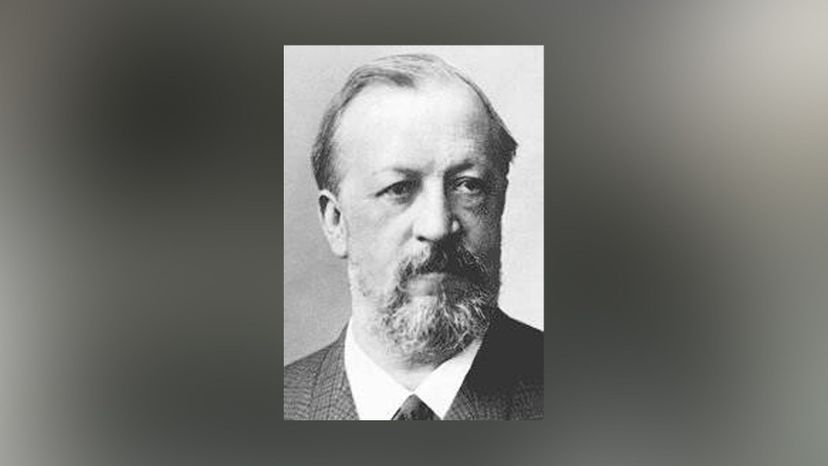
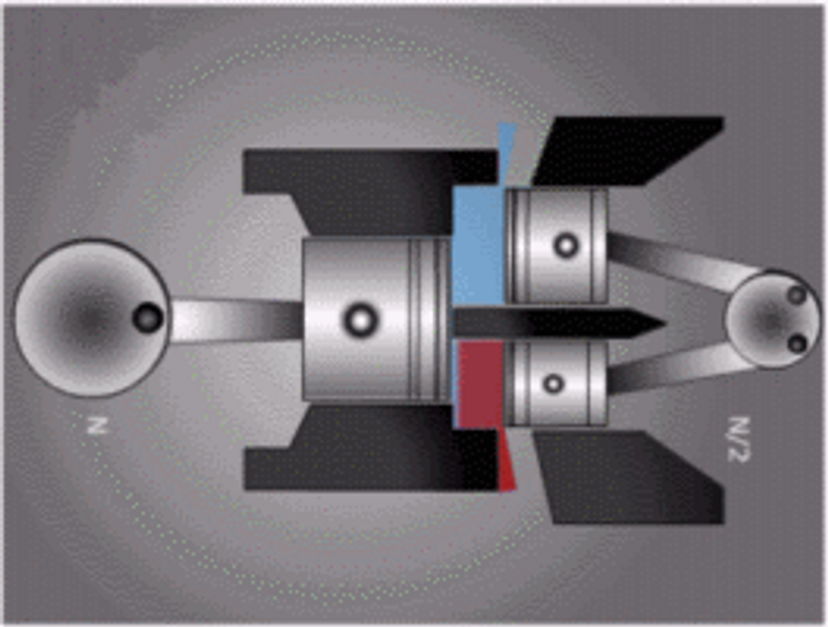
Advertisement
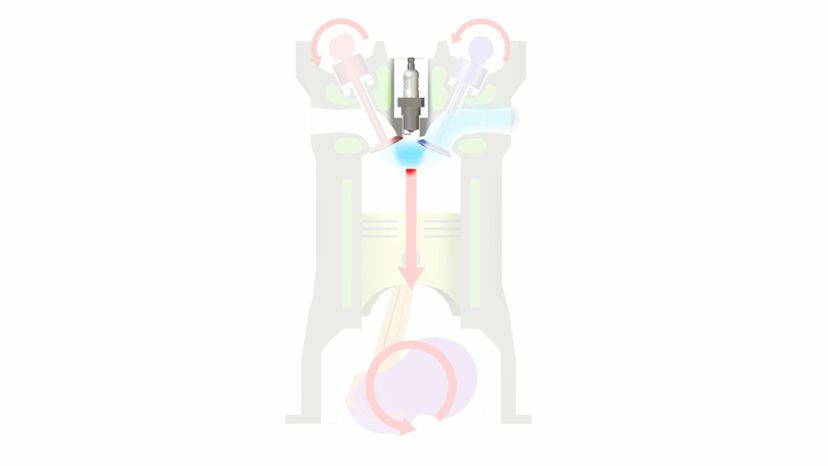
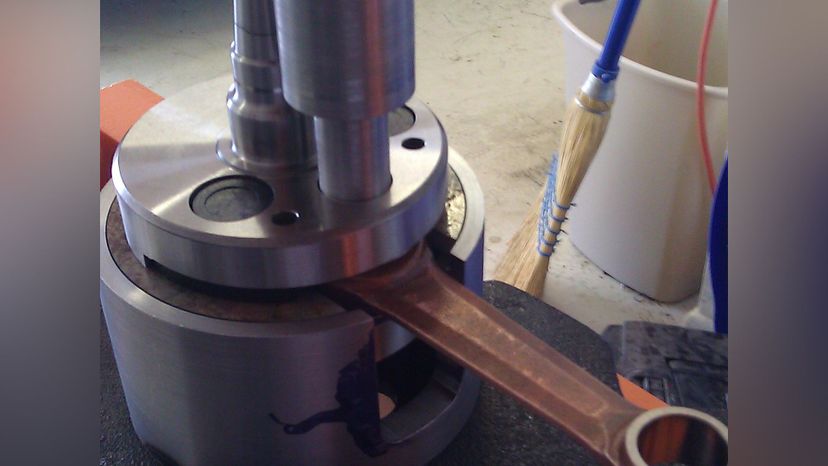
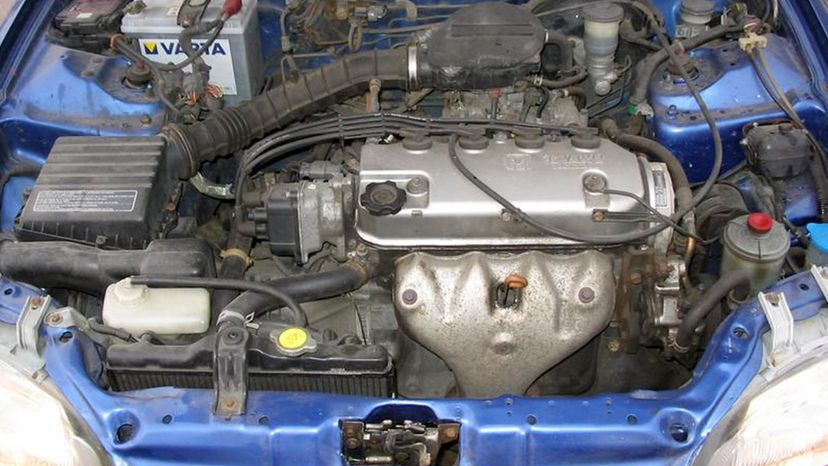
Advertisement
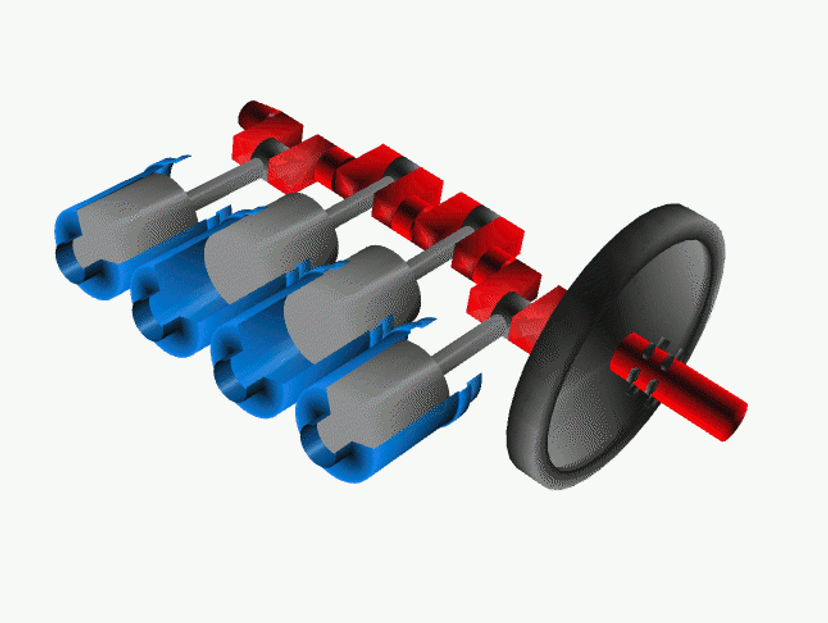
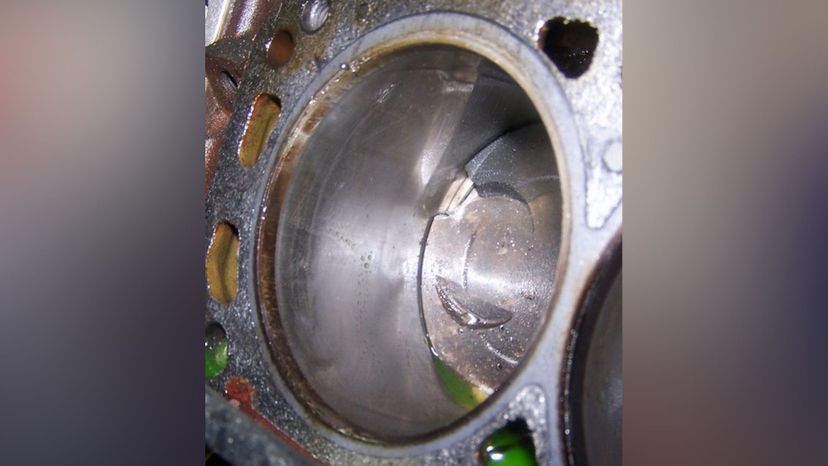
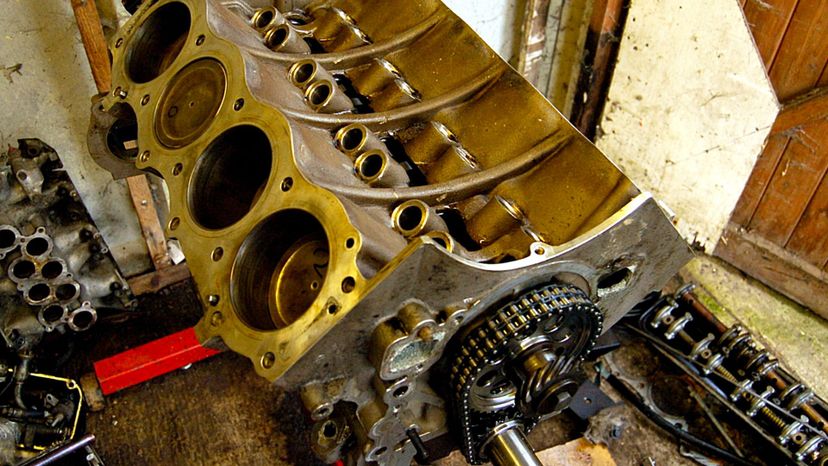
Advertisement
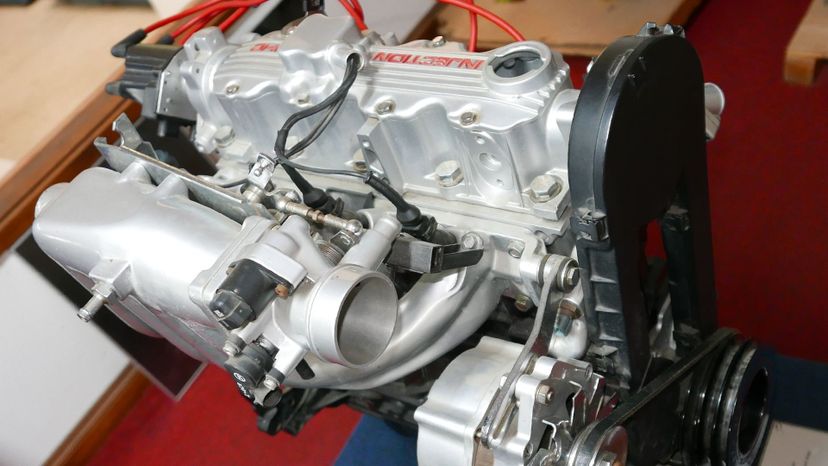
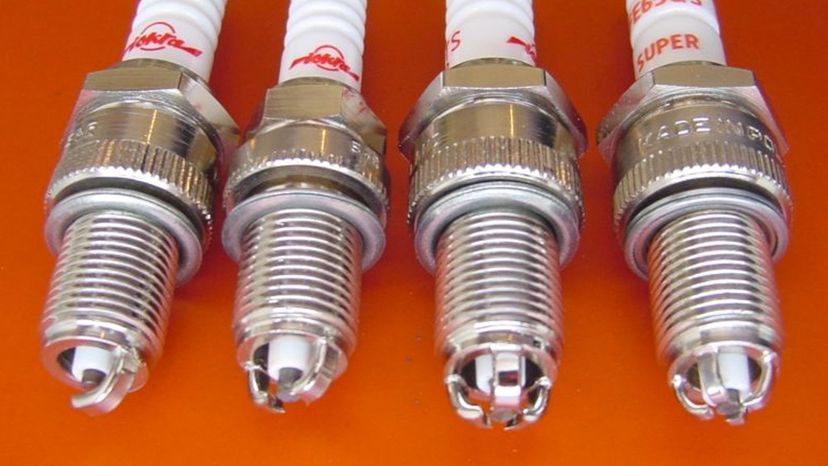
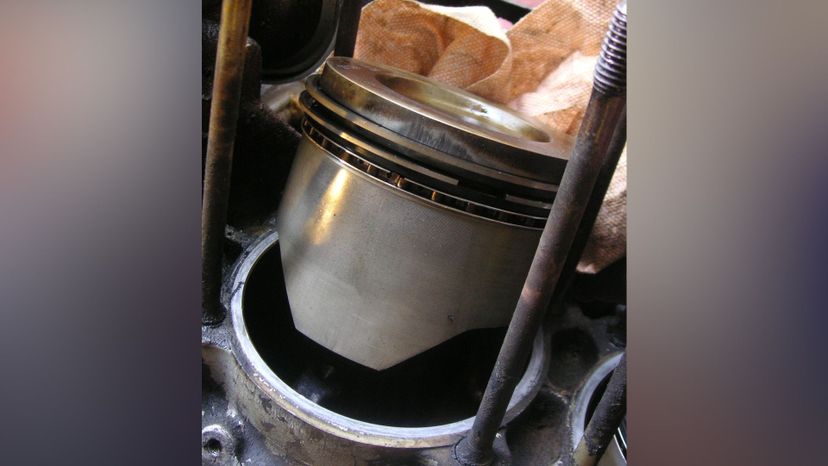
Advertisement
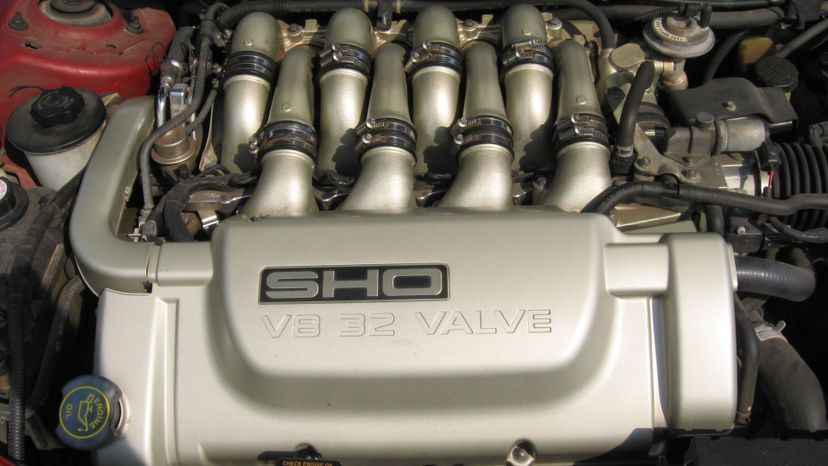

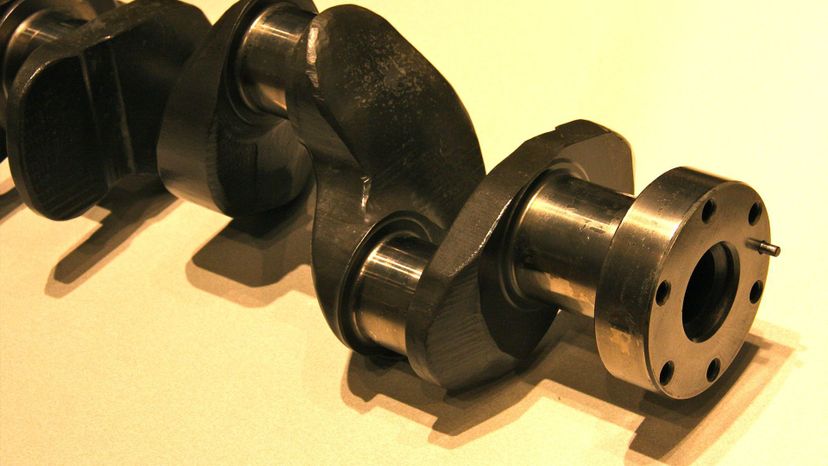
Advertisement

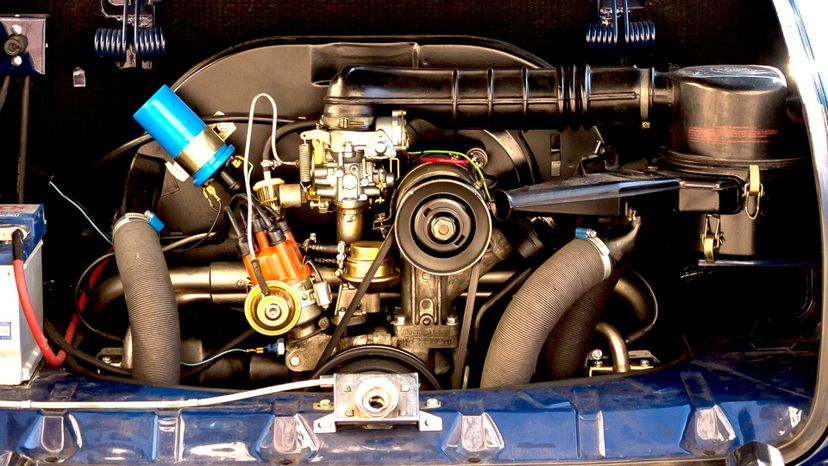
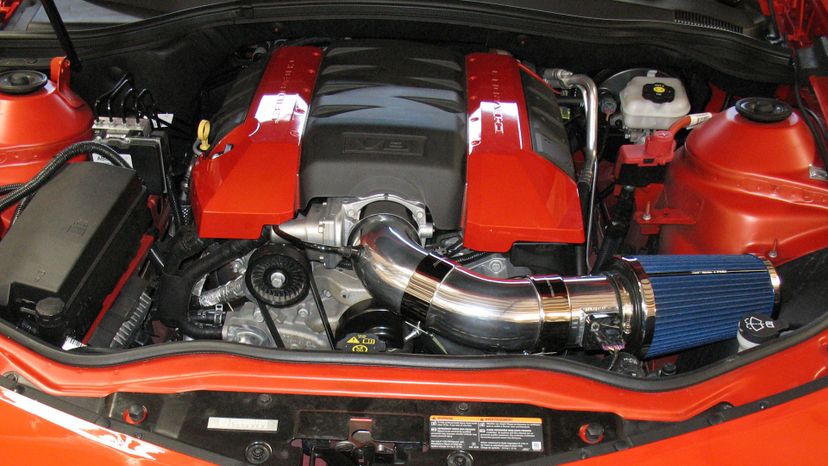
Advertisement
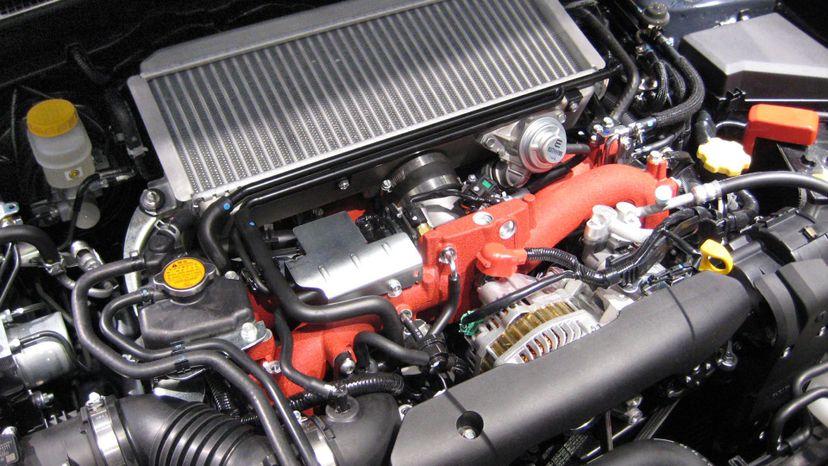
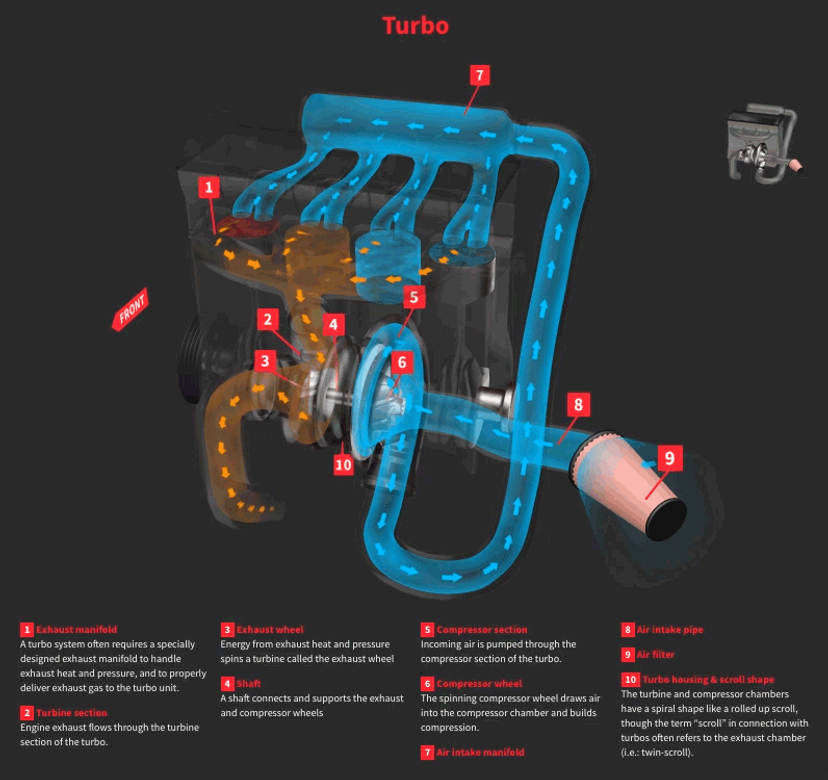

Advertisement
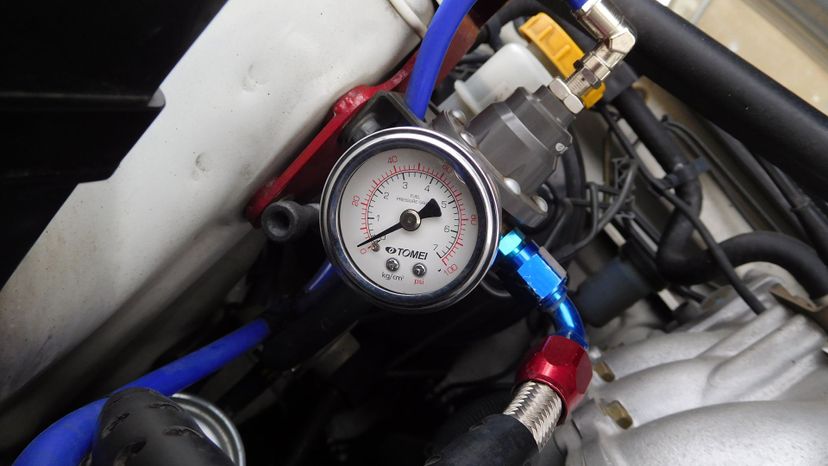
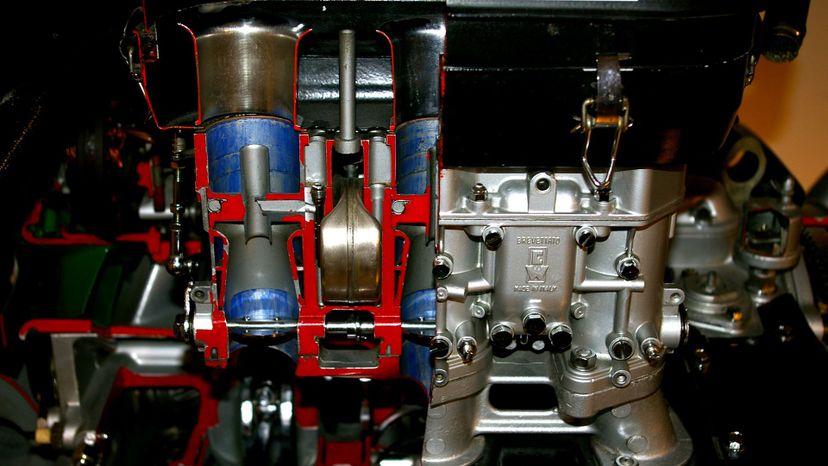
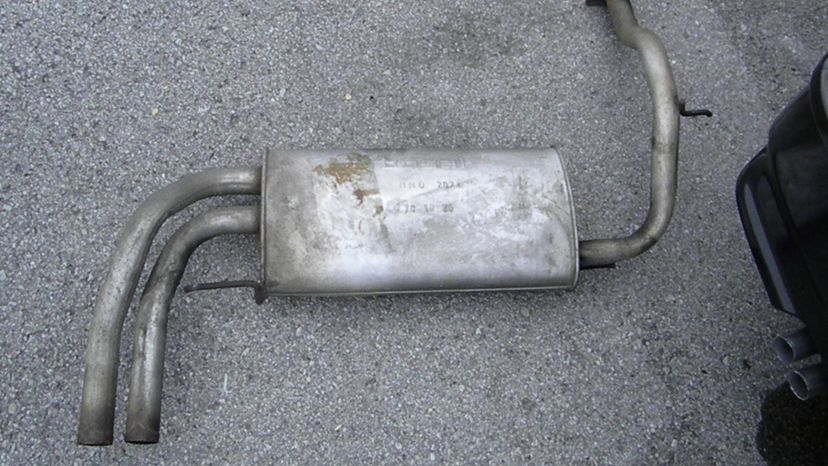
Advertisement
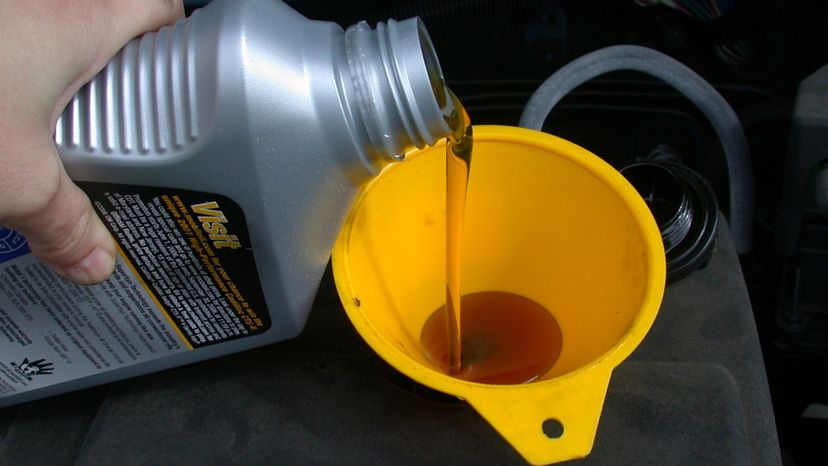
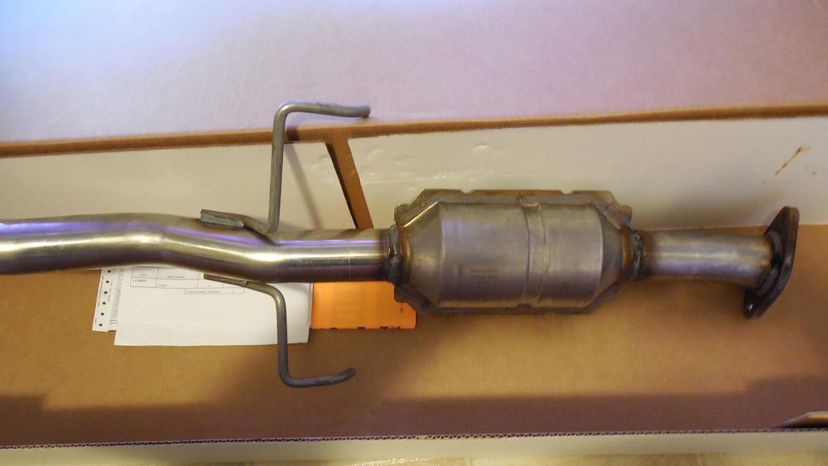
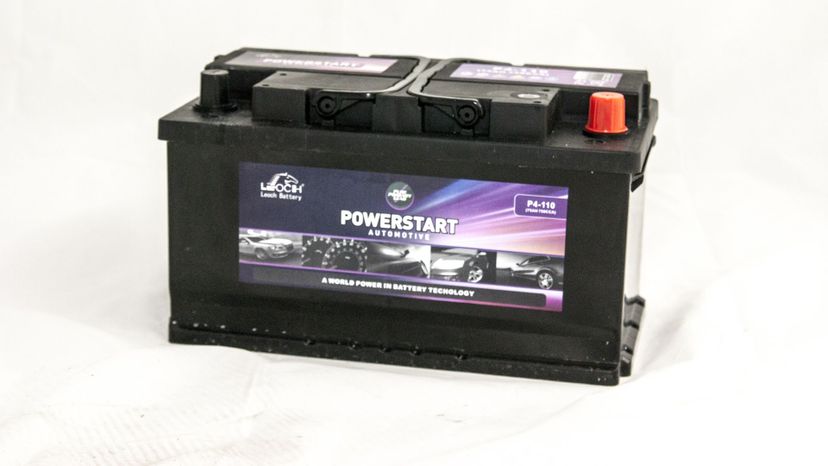
Advertisement
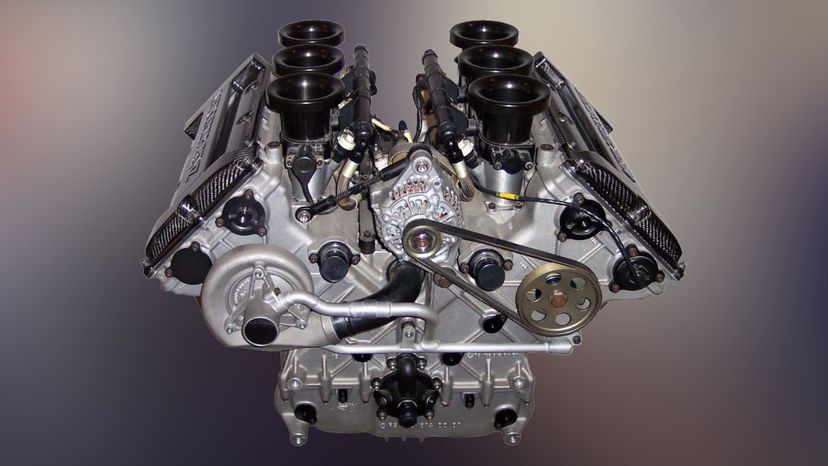
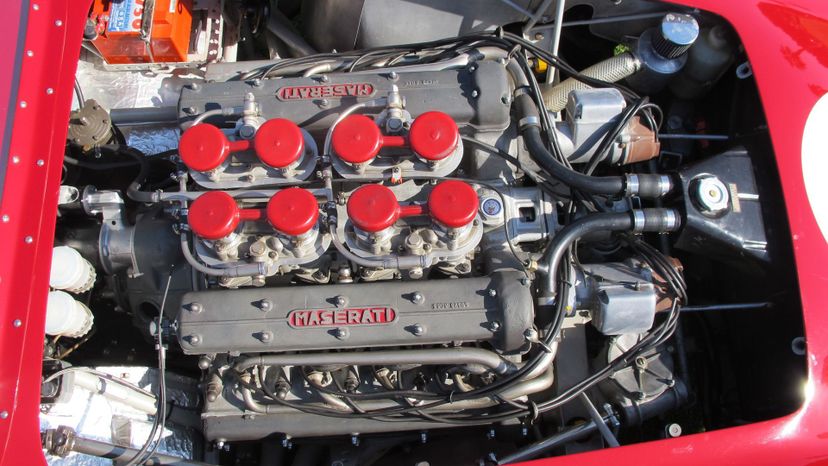
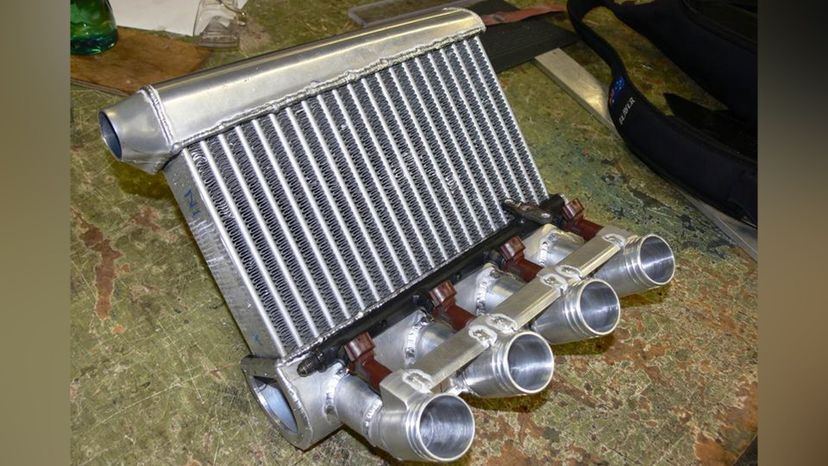
Advertisement
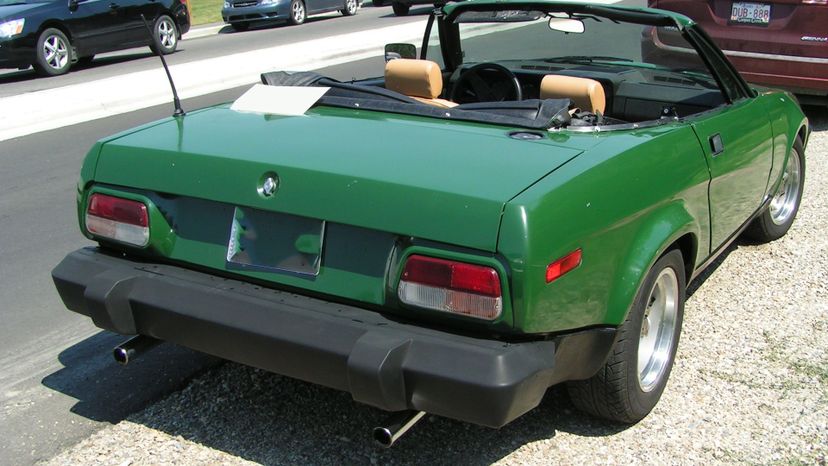
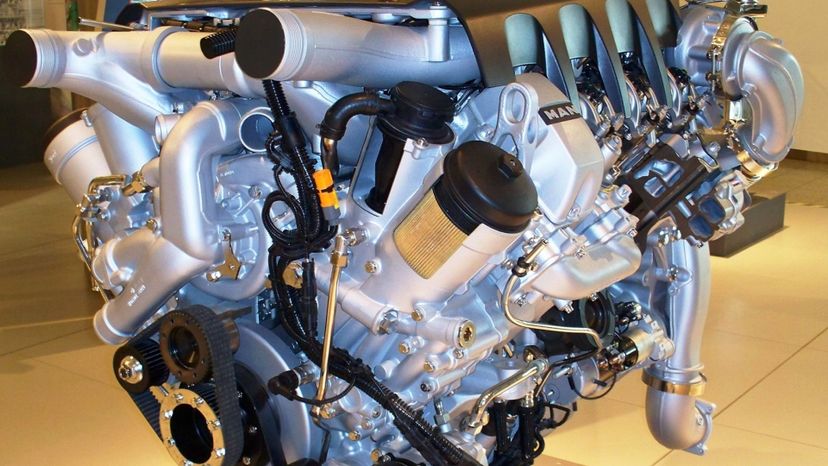

Advertisement
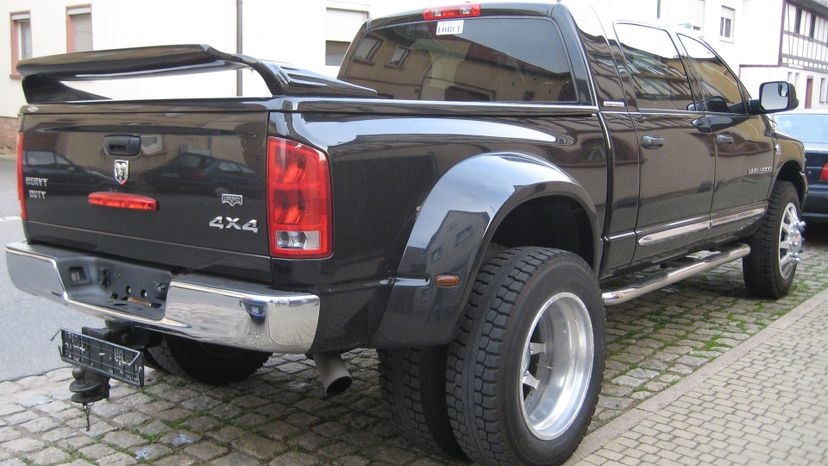
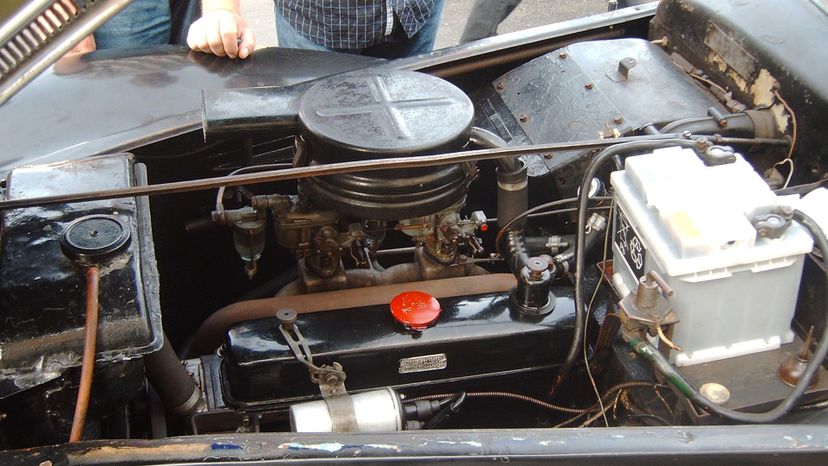

Advertisement
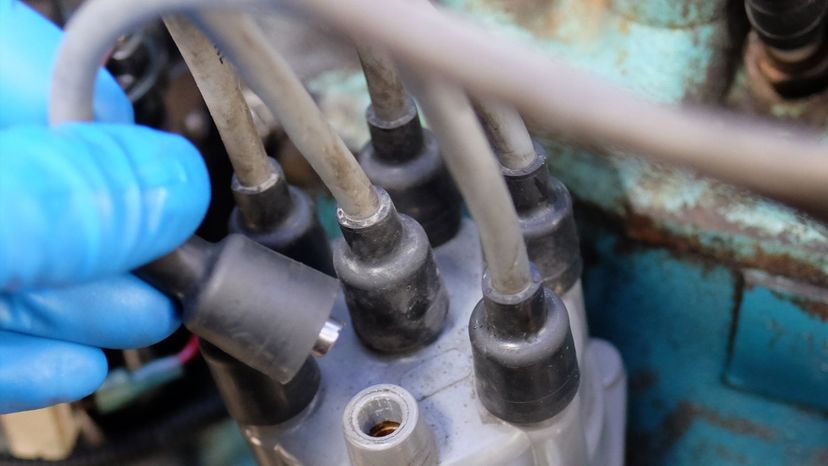
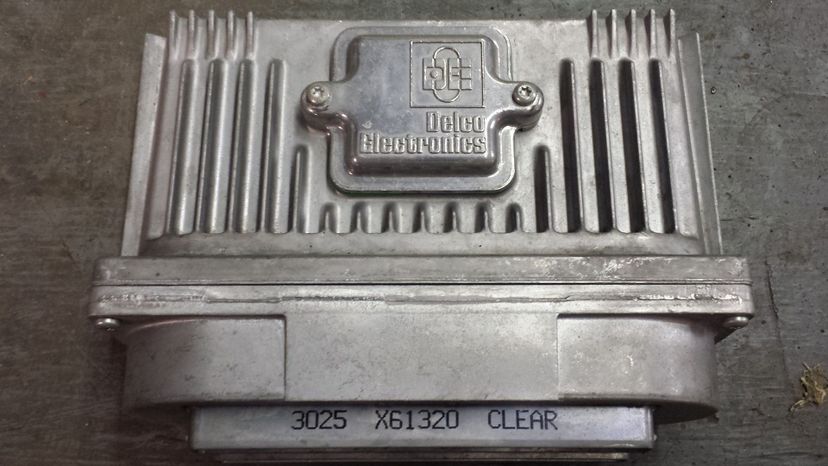

Advertisement
